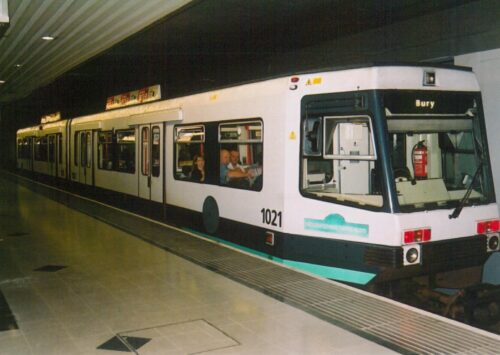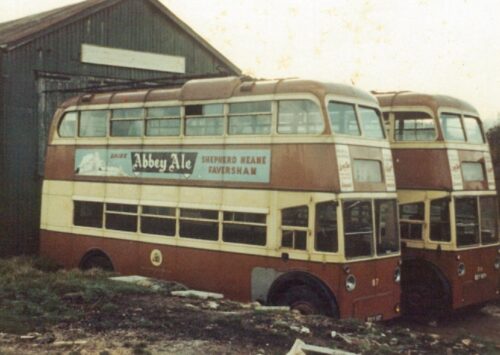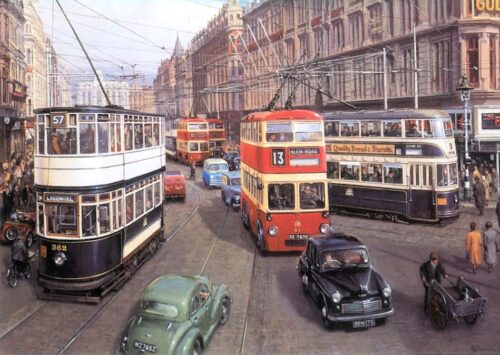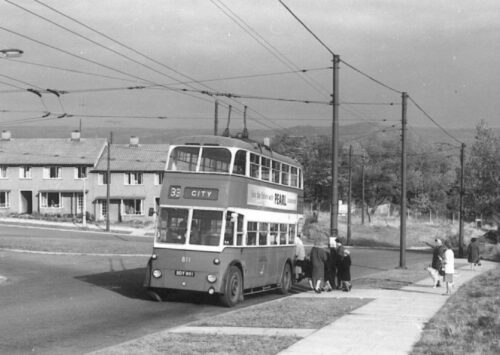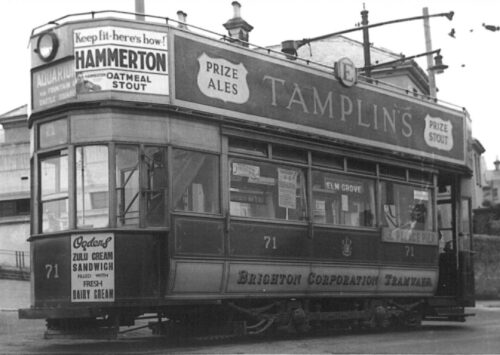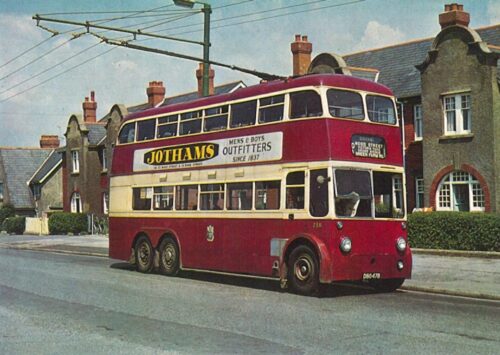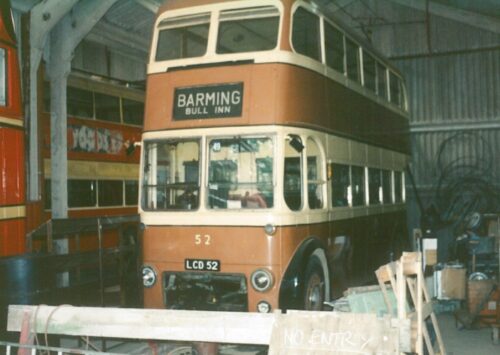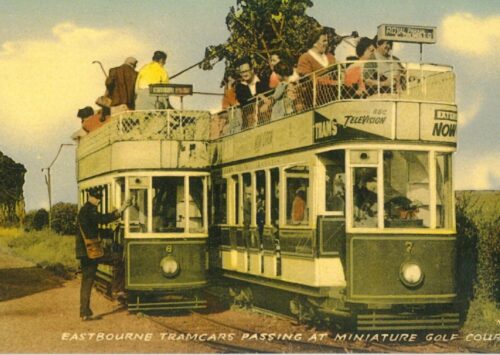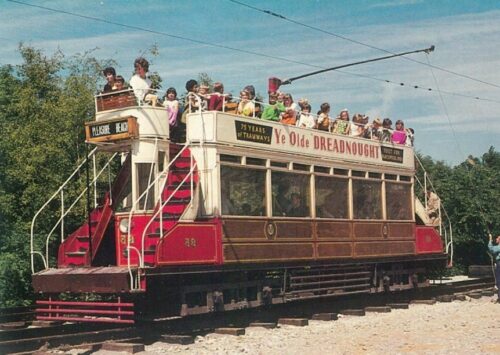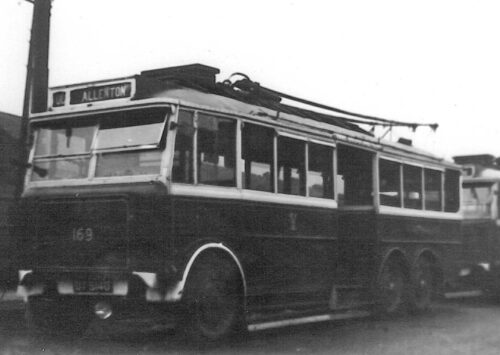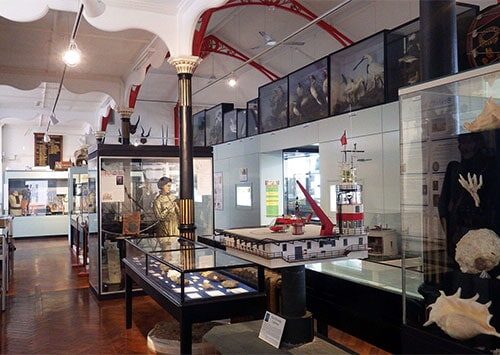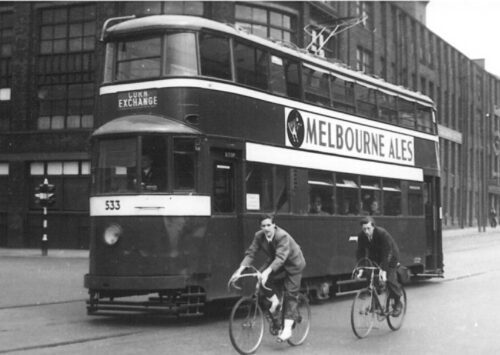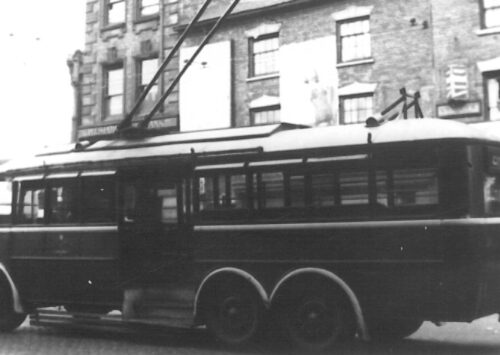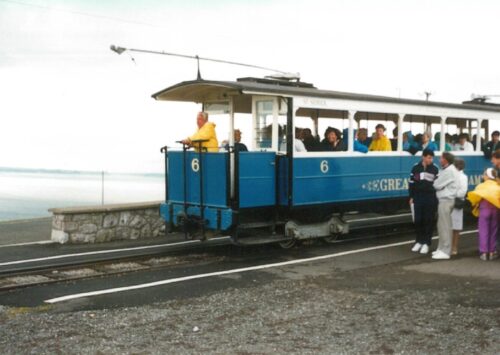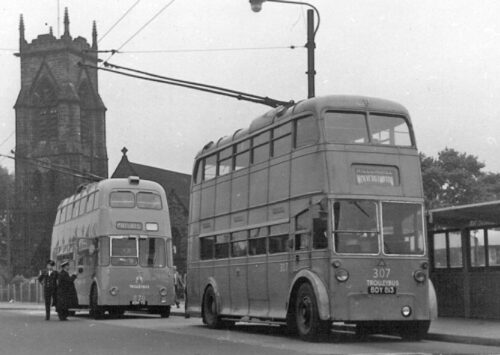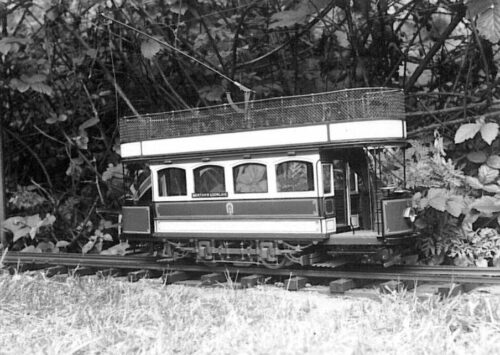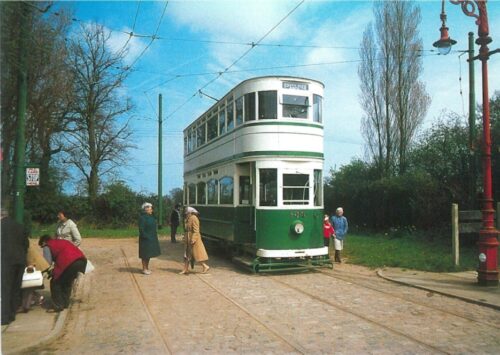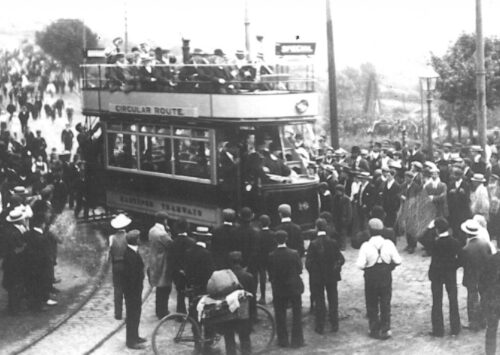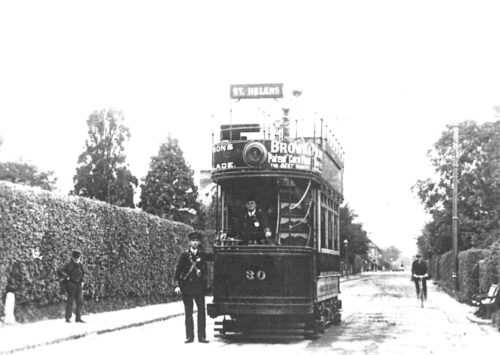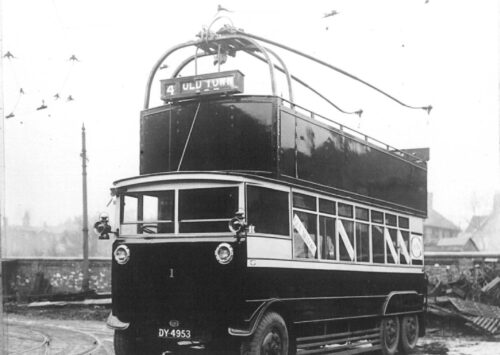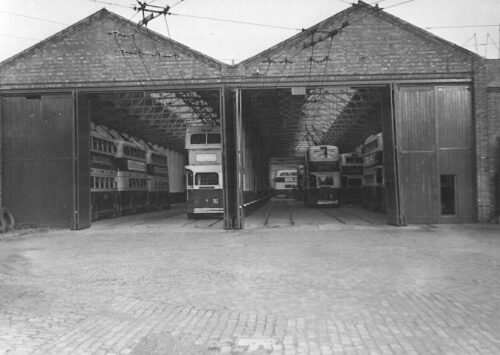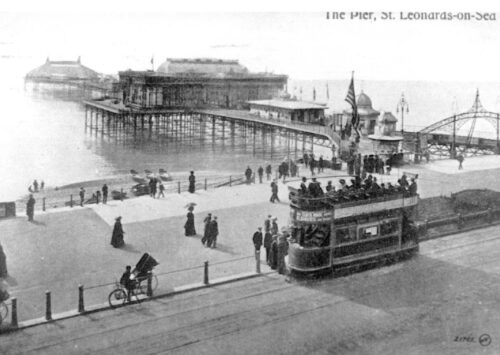The first tram, officially acknowledged, to run in Britain was on tracks laid between Swansea and Oystermouth, a village and a ward in the district of the Mumbles, in South Wales, which was itself part of Swansea. In 1804, the British Government passed the “Mumbles Railway Act”, which gave approval for the laying of these tracks for the transportation of quarried materials, such as iron, coal, and limestone, between the Swansea Canal and the harbour at the mouth of the River Tawse and a Company, “The Swansea and Mumbles Railway”, was set up to run the system; the trams at this time were, of course, horse-drawn.
In 1807, one of the original proprietors of the Company, a Benjamin French, paid the Company £20 for the right to carry passengers for twelve months and so the first regular tram service was born. In 1877, the Swansea and Mumbles Railway horse-driven trams were replaced by steam engines and, then, in 1929, these were replaced by very large electric tramcars, which continued until the Company closed, in 1960.
Way back in the early 1800s, however, the idea was a great success and quickly caught on throughout Britain. Many similar tram services appeared all over the country. All over the world, in the coming two centuries, there were to be many changes in the use of trams – steam and electricity powered trams and many designs. In the early to middle 1900s, as other methods of transport appeared and cars became more common and affordable, trams began to disappear from our streets – and, then, came the resurgence of trams, in modern designs and systems, in the late 1970s as advantages could be seen in their use, in modern city environments.
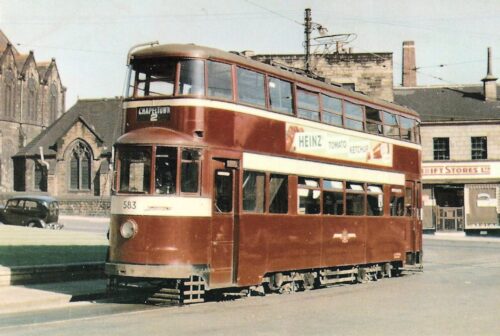
However, for many reasons, trolley buses had many advantages over trams, which they began to replace. It was easier and cheaper to set up a trolley bus service as there was no need to dig up the roads and install tracks. Trolley buses could pull over to the curb, like motor buses, with no need for special boarding stations. With their rubber-based tyres, trolley-buses had a better road surface adhesion than trams with their steel on steel rail-trackways so running up hills and braking was far easier. Unlike trams (where side tracks were often unavailable), an out-of-service vehicle could be steered  to the side of the road and its trolley poles lowered. This manoeuvrability also gave the trolley bus the ability to avoid other traffic and obstacles. They were quieter and, because the controls were almost the same as motor-buses, training and using motor-bus personnel was easier.
Leeds and Bradford were the first cities to put trolleybuses into service in Great Britain, in 1911 and Bradford the last to operate them, 1972.


